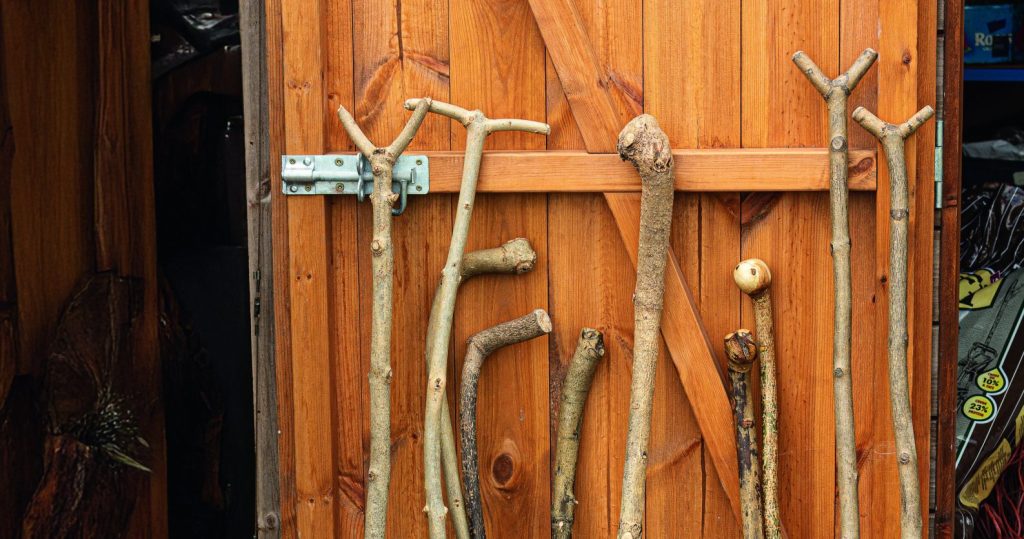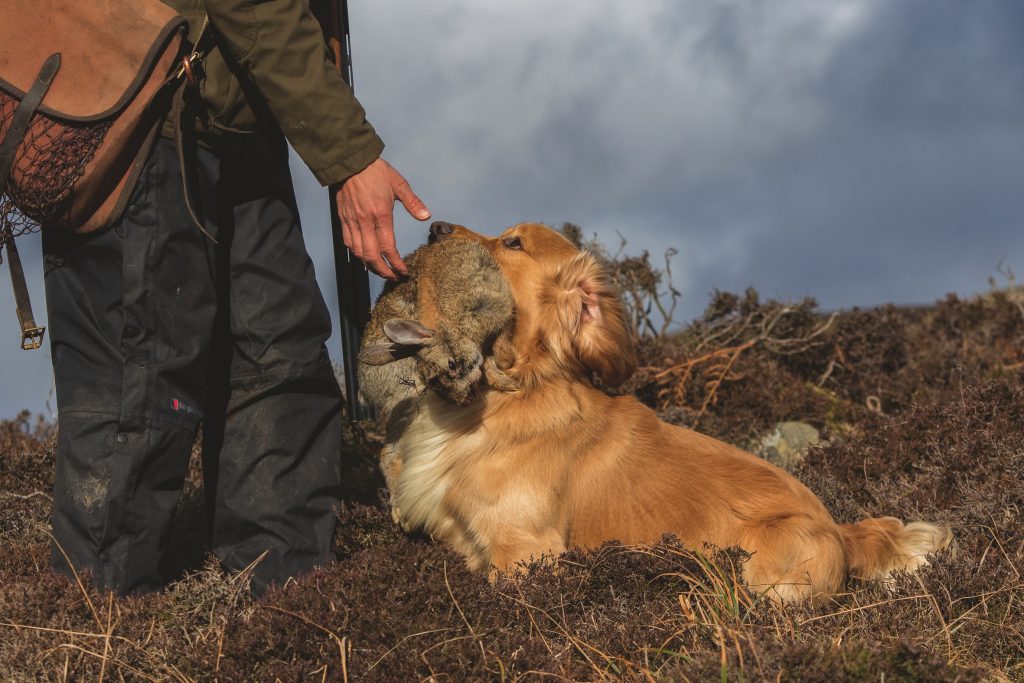Win CENS ProFlex DX5 earplugs worth £1,149 – enter here
Buying a second-hand air rifle: here’s how to do it
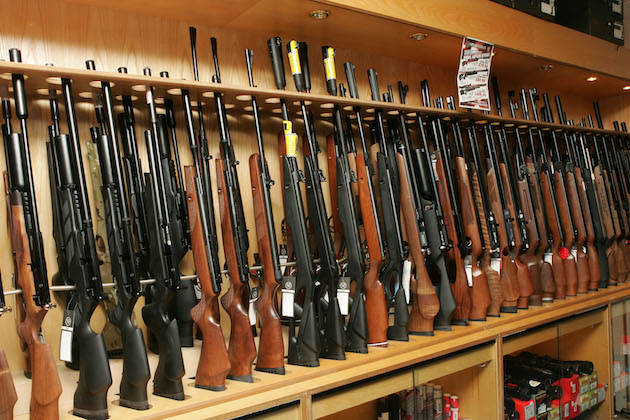 The Sportsman gun centre stocks a wide range of firearms that cover most disciplines, tastes and wallets.
The Sportsman gun centre stocks a wide range of firearms that cover most disciplines, tastes and wallets.
You can save a wad of your hard-earned cash by buying a second-hand air rifle. But if you don’t know what to look out for, you could also end up with something worthless.
Here’s my step-by-step guide to buying a second-hand air rifle so you make the right decision. (You might also like to read our advice on the best air rifles under £500.)
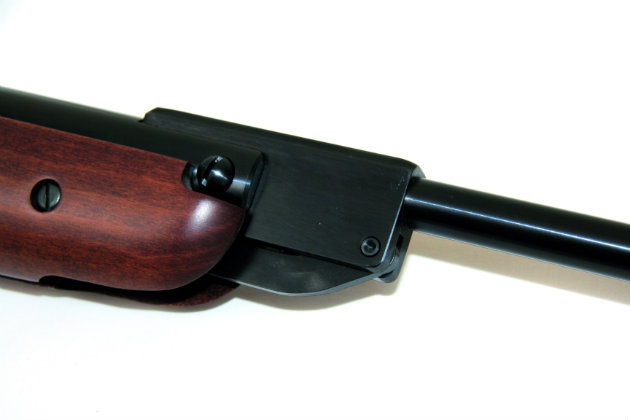
Ensure that the breech lock-up is secure when inspecting a pre-owned break-barrel
What to look out for
Take a long look at the barrel and cylinder checking for signs of rust and wear. Remove the gun from its stock if you need to. Tidy metalwork shows that the gun has been properly cared for and maintained. External corrosion tends to suggest that the internals have been neglected. While you have the gun out of the stock, inspect the woodwork for signs of splitting.
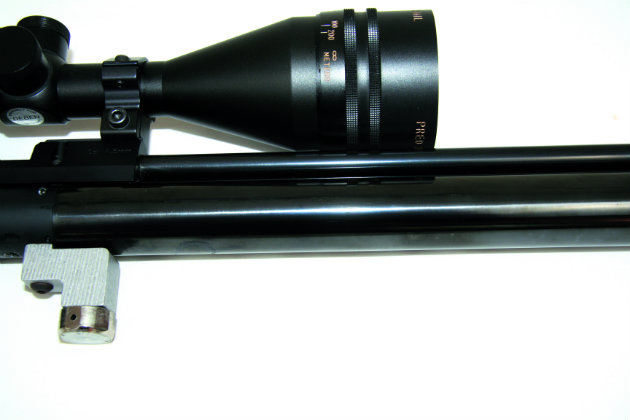
Don’t be afraid to remove the gun from the stock, and always look for signs of corrosion – especially on the cylinder of a PCP
Rust is an even bigger issue with pre-charged airguns, as there’s a risk of the integrity of the air cylinder becoming corroded. The owner should have used dry air from a scuba bottle or from a pump with a moisture filter to minimise the risk of internal corrosion. Check this. Remember also to check the filling probe and/or inlet for signs of damage around the seals. (Read how to charge your air rifle from a cylinder.)
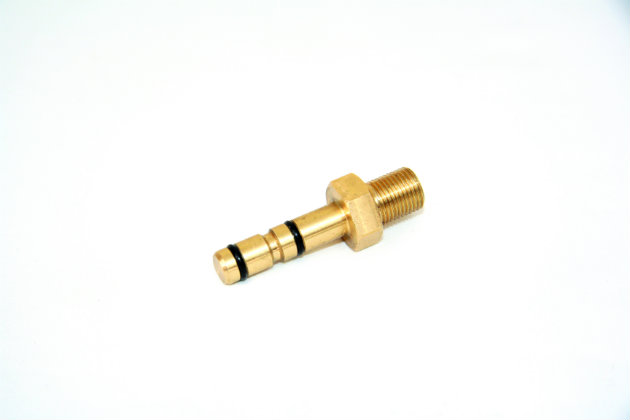
Check the seals on PCP filler probes – though easily fixed, damage can reveal a lack of routine maintenance
Check screws
Damaged screw heads are usually evidence of tinkering, which can often do more harm than good. If you see any screws with gouged heads, be sure to ask the owner how that happened.
All the above checks will show you how well the air rifle has been maintained.
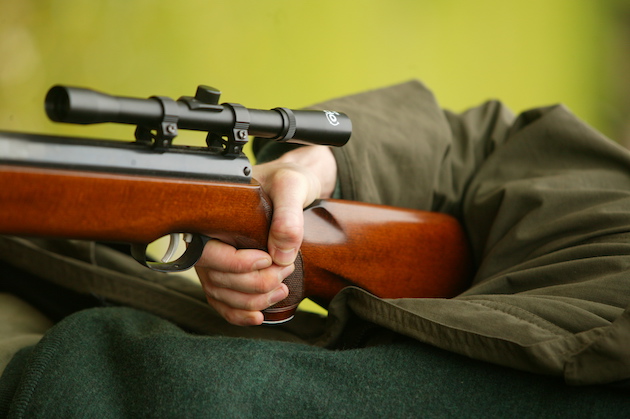
Check a wooden stock for splitting, scratches and signs of water damage
Other things to check
- Have a few test shots with the gun if you can.
- Before you load-up, give it a good shake and make sure there are no unusual rattles.
- If the gun you are trying is spring-powered, the cocking stroke should be smooth and with no roughness or grinding.
- On a break-barrel, the breech lock-up should be secure with no hint of play.
- Whatever the power-plant, the test shots should reveal whether the gun is still up to scratch, both in terms of the smoothness of the firing cycle and its downrange accuracy.
Chronograph testing
Chronograph testing, if possible, should confirm consistent muzzle velocity and (with the exception of FAC-rated airguns) an acceptable power level within the UK legal limit of 12ft/lb. Have a look down the barrel; a build-up of lead deposit isn’t a problem and can easily be cleaned, but rust, scrapes and gouges are cause for concern. Metal-bodied airgun darts can cause serious harm to rifled barrels; if the gun is offered with a set, or if you have reason to believe the owner has been using them, expect there to be damage. (Read how to test your air rifle with a chronograph.)
Provenance
Who you are buying from can make a big difference. A shooter who has kept a written record of airgun maintenance will probably have taken good care of it. Gunshops have a reputation to maintain, and should have the staff and resources to service a second-hand airgun properly before it reaches the racks. You could also be offered a warranty.
You could find excellent quality second-hand airgun bargains by joining a reputable airgun club. Serious club shooters tend to take very good care of their guns, and many of them change their hardware frequently, ensuring a steady supply of nearly new, and very well cared for, pre-owned airguns.
The golden rule when buying a second-hand air rifle?
Use common sense and be cautious. If it’s too good to be true, it probably is.
10 tips for buying a second-hand air rifle
- Look out for rust – including under the stock and especially on the cylinder of PCPs
- Be suspicious of damaged screw heads
- Ensure that barrel lock-up is secure on break-barrels
- Check wooden stocks for splits
- Test fire to check firing cycle and accuracy
- Chronograph test to confirm power is consistent and legal
- Inspect the barrel for signs of damage, especially from metal darts
- Ask gunshops if they offer a warranty
- Join a club. Serious club shooters look after their guns and change them regularly
- Use common sense, and walk away if you’re in any doubt. You can always find another gun.
Related Articles
Get the latest news delivered direct to your door
Subscribe to Shooting Times & Country
Discover the ultimate companion for field sports enthusiasts with Shooting Times & Country Magazine, the UK’s leading weekly publication that has been at the forefront of shooting culture since 1882. Subscribers gain access to expert tips, comprehensive gear reviews, seasonal advice and a vibrant community of like-minded shooters.
Save on shop price when you subscribe with weekly issues featuring in-depth articles on gundog training, exclusive member offers and access to the digital back issue library. A Shooting Times & Country subscription is more than a magazine, don’t just read about the countryside; immerse yourself in its most authoritative and engaging publication.






